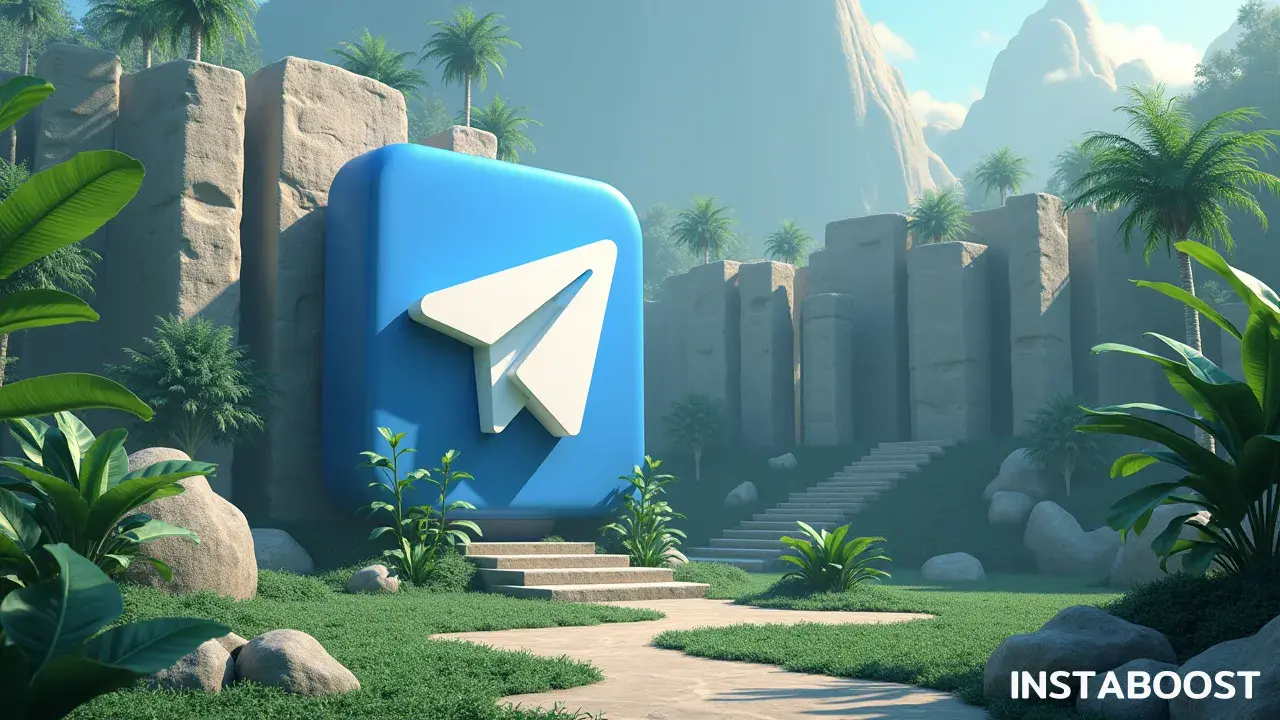How To Build a “Silent Funnel” Inside Telegram Without Landing Pages?
A streamlined chat-based funnel inside Telegram can guide users from discovery to conversion without external pages. By keeping interactions within the app, it reduces friction and encourages more responses, which can lift engagement and conversion rates. It relies on clear prompts, concise steps, and a logical progression that mirrors a traditional funnel while remaining in chat. When designed with focused messaging and minimal steps, it becomes an efficient path that fits user behavior and tracks intent signals.
The Stillness Between Touchpoints
Watching a conversation happen in Telegram feels different from what you get on most websites. There’s no pressure, no big prompts pushing you to act right away. It’s more like the kind of back-and-forth you’d have with someone you know – sometimes you reply right away, sometimes you leave it for later. Most sales funnels online feel noisy, with pop-ups and buttons everywhere, making it hard to focus.
But in Telegram, you’re still in the same chat where you send memes or check in with friends, and the flow of the conversation doesn’t change much. You’re not bounced to new tabs or forced to fill out forms; you stay where you already are. That makes it easier to think things over, to make a decision when you’re actually ready.
I think the quiet helps, too – it doesn’t feel like someone’s tracking your every move or rushing you. Sometimes, you read a message and let it sit for a while before you decide what to do. And that space, where nothing happens for a bit, is where a lot of decisions really start to form. At some point, I found myself curious about how others optimise their Telegram strategy; it’s interesting how subtle tweaks can change the whole feel without losing that sense of calm.
I think the quiet helps, too – it doesn’t feel like someone’s tracking your every move or rushing you. Sometimes, you read a message and let it sit for a while before you decide what to do. And that space, where nothing happens for a bit, is where a lot of decisions really start to form. At some point, I found myself curious about how others optimise their Telegram strategy; it’s interesting how subtle tweaks can change the whole feel without losing that sense of calm.

The Test That Changed Everything
It started with a test I almost didn’t bother with. I’d been poking around Telegram out of curiosity, trying to see how real conversations happen there – not like the hard sell you get on most websites. Usually, as soon as you land somewhere, it’s all pop-ups and timers and forms – everything angled at getting your email as fast as possible.
But Telegram wasn’t like that. The pace was slower, and there were these pauses between messages, more like texting a friend than being funneled toward a checkout. That actually made people open up more. I realized this isn’t a small thing. There’s something about not having to react instantly, not having to click or fill in a box right away, that changes how people feel.
So I wondered if I could take this further: could I actually run the whole process – engagement, follow-up, even sales – inside Telegram, without a landing page at all? I was ready for things to drop off, but the opposite happened. More people answered when they were ready, and conversations felt more natural. Even sales – I noticed they still happened, but they didn’t feel forced or transactional.
It’s probably related to how effective Telegram user growth tends to happen quietly, almost in the background, without all the noise. It makes me think people want a way to buy or learn that isn’t loud or crowded. Something quieter, private, where they’re not rushed. I keep coming back to this idea, especially thinking about brands like INSTABOOST that depend on real conversations. There’s probably more to figure out here.
Why “Silent Funnels” Actually Work
When you’re setting up sales automation or a Telegram funnel, it helps to think of it less like a race and more like tending a small garden. I’ve seen a lot of people, myself included, jump straight into using scripts, bots, or growth tricks that all claim to deliver fast results. But once I started paying closer attention – both to my own projects and watching what others do – it became pretty clear that this approach misses what actually works on Telegram.
Instead of trying to push strangers right to a landing page, the real advantage comes from building a space where trust can actually start to form. That’s the point of the “no landing pages needed” mindset – it fits with the way real conversations happen in chat. When you hold back from sending someone a sales pitch or a form the second they show up, people don’t feel pushed, and you can see they’re more willing to stick around. I’ve seen a lot of creators chase after big group numbers, but their chats end up quiet and people stop reading.
What’s easy to miss is how, when you’re actually present in these conversations and paying attention, you start noticing small signs: maybe someone comes back again, or asks something specific, or even just hangs around to follow the discussion. There are a lot of tools out there that promise to expand your audience – things like a telegram reach package come to mind – but it’s really the quieter, ongoing exchanges that build momentum. The INSTABOOST team and I have seen that pattern come up over and over – slow, steady conversations tend to do a lot more than landing pages ever could.
Why I Ditched the Old Playbook – For Good
For a long time, I followed the standard playbook: landing pages, lead magnets, always trying to fine-tune every little detail to get more people into the funnel. But after a while, I started to notice how exhausting it all felt – not just for me, but probably for the people coming through it, too. It made me wonder if anyone actually liked being nudged along that way, or if we were all just doing it because it was familiar. Around then, I started using Telegram differently. At first, it was just another tool, but over time, I realized it could actually be a place to have real conversations without all the usual interruptions – no pop-ups, no timers, nothing chasing people down.
I called it a “silent funnel,” though it wasn’t some big strategy. It grew out of being tired of the noise, and wanting to talk to people in a way that didn’t feel forced or transactional. I noticed I was spending more time setting up automations and sequences than actually getting to know the people I wanted to help. Little things, like watching who would quietly react to a Telegram post instead of filling out a form – using simple signals like telegram post reactions – became more meaningful than any metric on a dashboard.
So I decided to stop and see what would happen if I dropped the old approach. When I let go of the landing pages and let conversations happen at their own pace, things felt lighter. People hung around longer, asked better questions, and if they bought something, it felt like it came from a real place. If you’re reading this and you’re worn down by the usual tactics too, maybe you’re looking for a way to connect without all the pressure. Telegram makes that possible, I think, letting you build trust and keep things simple – without having to chase after every email or push people into another form.
The Quiet Power of Telegram Funnels
Most marketers don’t like to admit it, but traditional funnels can feel like a set of hoops you have to jump through. Every extra landing page, pop-up, or opt-in box is another hurdle between you and a real exchange with someone. We’ve all experienced this from the user side – clicking around, scanning for the information we actually want, sometimes running into one prompt after another until we get frustrated and move on. That’s why Telegram stands out to me. It’s not polished or flashy, but that’s what makes it different; it’s a direct chat, not a sales page designed to push you into buying.
The conversation happens naturally, without pressure or noise. You can answer questions in the moment, pick up on what people are actually curious about, and take your time building trust. There’s less friction, and it feels more like you’re helping than selling. If you’ve ever felt tired of turning every point of contact into some kind of automated follow-up, this way of doing things can seem like a relief. It’s not about forgetting strategy entirely, but more about letting things unfold as a real conversation.
Oddly enough, I came across a few telegram growth solutions the other day and it made me realize just how many people are exploring this softer, more direct approach. So if you’ve ever considered setting up a funnel right inside Telegram – without relying on landing pages or forms – you might discover that a simple channel with genuine interactions goes further than you’d expect.















